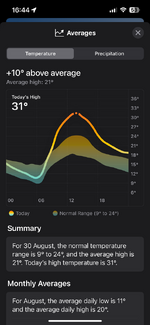As far back as ancient Greece (1200 B.C. to A.D. 323), people debated whether draining swamps or cutting down forests might bring more or less rainfall to the region, according to Weart's
Discovery of Global Warming website, which is hosted by the American Institute of Physics and shares the name with his book "
The Discovery of Global Warming" (Harvard University Press, 2008).
The ancient Greek debates were among the first documented climate change discussions, but they focused only on local regions. It wasn't until a few millennia later, in 1896, that Swedish scientist Svante Arrhenius (1859-1927) became the first person to imagine that humanity could change the climate on a global scale, according to Weart. That's when Arrhenius published calculations in
The London, Edinburgh, and Dublin Philosophical Magazine and Journal of Science showing that adding carbon dioxide to the atmosphere could warm the planet.
This work built on the research of other 19th-century scientists, such as Joseph Fourier (1768-1830), who hypothesized that
Earth would be far cooler without an atmosphere, and John Tyndall (1820-1893) and Eunice Newton Foote (1819-1888), who separately demonstrated that carbon dioxide and water vapor trapped heat and suggested that an atmosphere could do the same,
JSTOR Daily reported.




